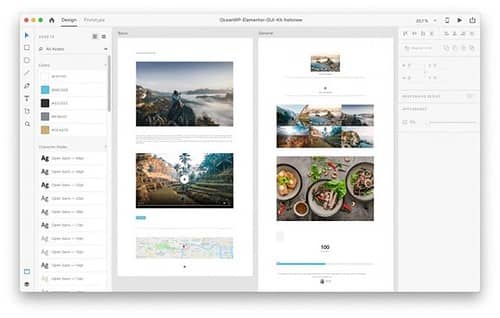Guild on How to Develop a Mobile App
Developing a mobile app is a meticulous process that requires careful planning, execution, and testing. Whether you are doing it for your business or as a personal project, the following guidelines will provide a comprehensive pathway to ensure a successful app development journey.
Step 1: Define Your App Idea
Before jumping into development, it is crucial to define the core concept of your app. Ask yourself:
– What problem does it solve?
– Who is your target audience?
– What features are essential at launch?
Develop a clear outline of your app’s purpose, functionalities, and the value it will provide to users.
Step 2: Conduct Market Research
Understanding your competition and market demand is essential. Look into existing apps that serve a similar purpose. Analyze their strengths and weaknesses to identify opportunities for your app. Surveys and interviews with potential users can also provide insights into user preferences and expectations.
Step 3: Create a Wireframe
A wireframe is a visual representation of your app’s layout and functionality. This serves as a blueprint for your app. Tools such as Figma or Adobe XD can be used to create these wireframes. Focus on the user experience and navigation flow to ensure a seamless user journey.
Step 4: Choose the Right Technology Stack
Selecting the technology for your mobile app development is vital. Consider:
– The platforms you want to target (iOS, Android, or both).
– The type of app: Native, Hybrid, or Web app.
Depending on your choice, you will decide on programming languages, frameworks, and tools that best fit your development needs.
Step 5: Start the Development Process
With the wireframe and technology stack in place, you can start the actual development process. This can be broken down into two main approaches:
– Front-End Development: Creating the user interface and ensuring a smooth user experience.
– Back-End Development: Setting up servers, databases, and the application’s backend logic.
Step 6: Testing Your App
Testing is a critical step in the development process. Conduct different types of testing, including:
– Functional Testing: Check the app for bugs and functionality.
– Usability Testing: Ensure the app is user-friendly.
– Performance Testing: Assess speed, responsiveness, and stability under load.
Iterate on feedback and fix any issues before launching.
Step 7: Launch and Market Your App
Once testing is complete, it’s time for launch. Prepare for deployment on the appropriate app stores. Develop a marketing strategy to promote your app. Use social media, SEO, and online ads to increase visibility. Encourage users to give feedback and reviews.
Step 8: Post-Launch Support and Updates
After the launch, it’s crucial to monitor user feedback and track app analytics. Regular updates and maintenance are necessary to address any bugs, add new features, and improve user experience based on feedback.
Conclusion
Developing a mobile app requires thorough planning, research, execution, and post-launch support. By following these steps and focusing on user needs, you can create an app that not only fits market demands but also has the potential for substantial success. Remember, the mobile app landscape is continually evolving, so remain adaptive and open to learning as you progress.
—
For any further information or assistance regarding mobile app development, please contact us.














